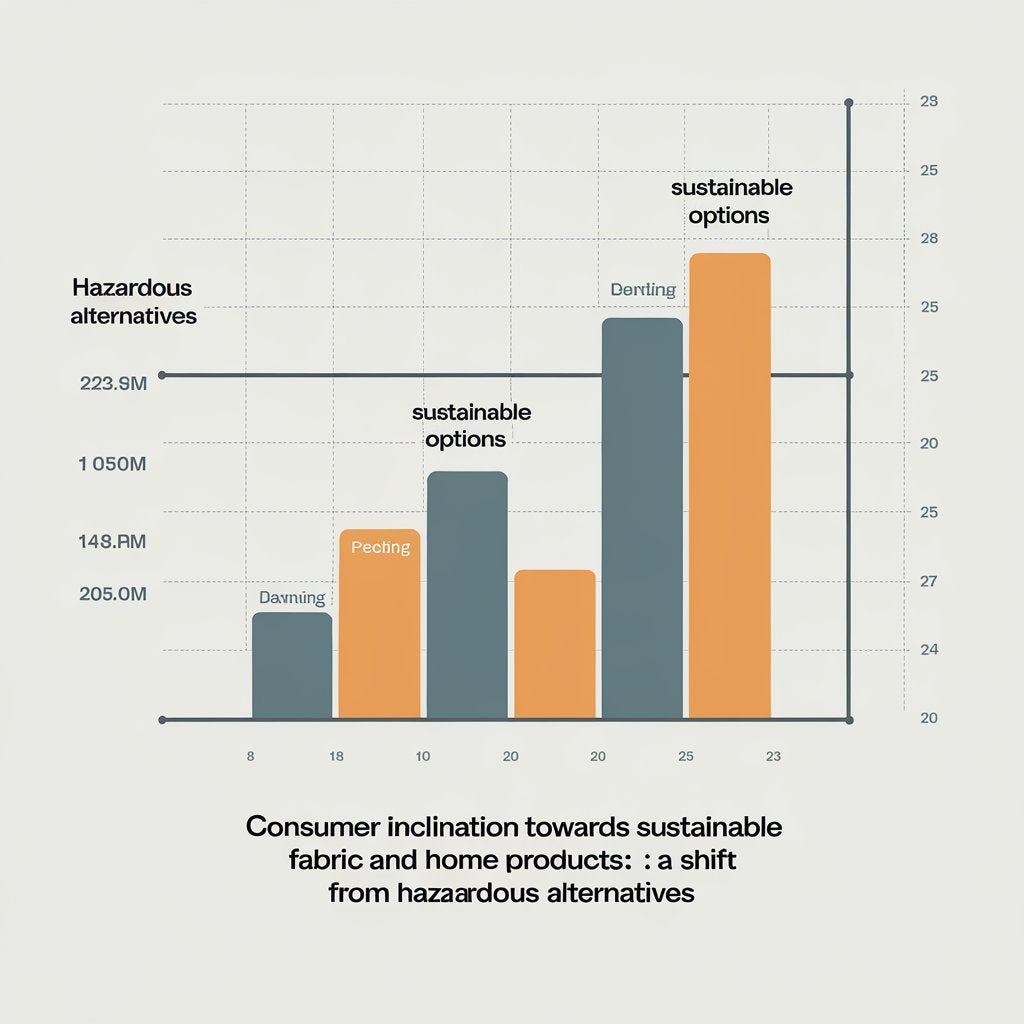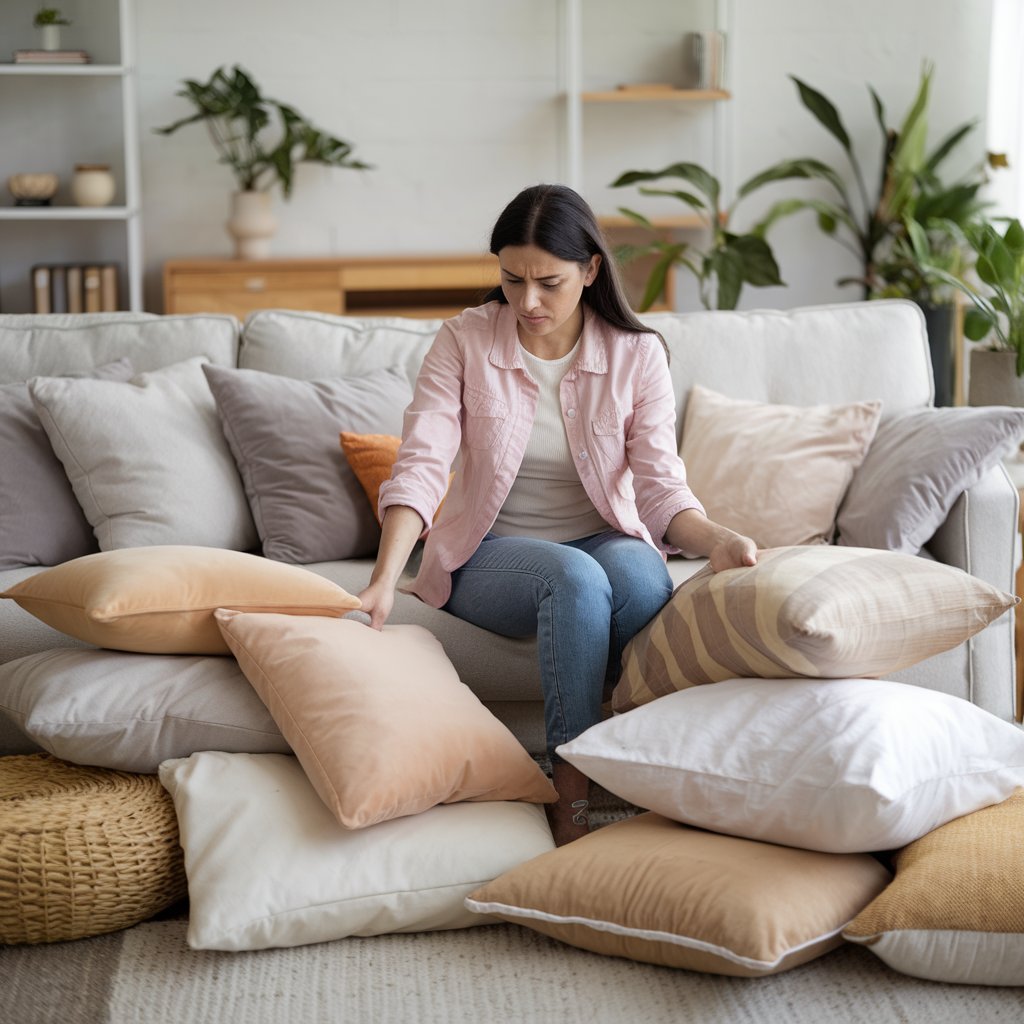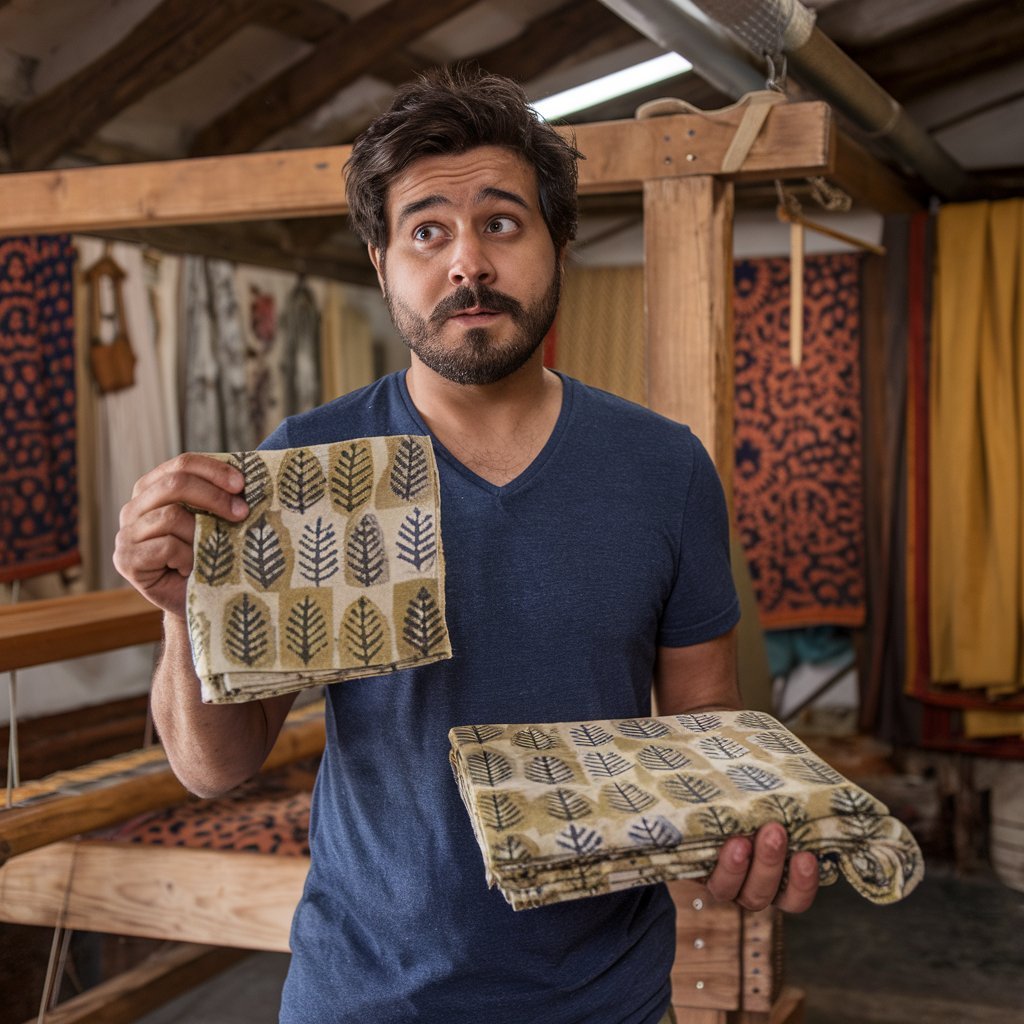In recent years, there has been a significant shift in consumer preferences towards sustainable fabrics and home products. As awareness about the environmental and health impacts of hazardous materials grows, people are actively seeking eco-friendly alternatives that are both stylish and responsible. This blog explores the rising inclination towards sustainable fabrics for pillows, upholstery, and other home goods, highlighting the comparison between these and hazardous products and why this movement is becoming a global trend.
The Rise of Conscious Consumerism

Conscious consumerism is at the heart of this shift towards sustainability. Today’s consumers are more informed about the environmental footprint of the products they buy, from clothing to home furnishings. They are increasingly concerned with how materials are sourced, manufactured, and disposed of. A major driving force behind this change is the growing awareness of climate change, resource depletion, and the harm that certain chemicals and synthetic fabrics can cause to both people and the planet.
Consumers are now looking for products that align with their values of sustainability, ethical production, and reduced environmental impact. Sustainable fabrics like organic cotton, linen, hemp, and bamboo, along with eco-friendly home products, are becoming the preferred choices for individuals who want to contribute to a healthier world while enjoying high-quality materials.
Consumer Inclination Towards Sustainable Fabric and Home Products: A Shift from Hazardous Alternatives
Sustainable fabrics are derived from renewable, natural resources, or recycled materials that have minimal environmental impact. These fabrics are often produced with organic farming practices, using less water, fewer chemicals, and biodegradable processes. Some common sustainable fabrics include:
- Organic Cotton: Grown without harmful pesticides or synthetic fertilizers, organic cotton is both better for the environment and softer on the skin.
- Linen: Made from flax plants, linen is durable, biodegradable, and requires minimal water and pesticides to produce.
- Hemp: Known for its strength and sustainability, hemp is another eco-friendly material that requires little water and no chemical treatments.
- Bamboo: Bamboo fabric is a fast-growing, renewable resource, often praised for its softness and antibacterial properties.
On the other hand, hazardous fabrics are typically synthetic materials like polyester, nylon, and acrylic, which are made from petroleum-based products. These fabrics not only contribute to environmental pollution during production, but they also release microplastics into the environment when washed. Additionally, hazardous fabrics often involve the use of toxic chemicals during dyeing and finishing processes, which can have long-term negative effects on both human health and ecosystems.
- Polyester: While durable and inexpensive, polyester is non-biodegradable and made from fossil fuels, contributing significantly to environmental pollution.
- Nylon: Similar to polyester, nylon is derived from petrochemicals and requires intensive processing that generates harmful greenhouse gases.
- Acrylic: A petroleum-based fabric, acrylic is also non-biodegradable and often treated with hazardous chemicals to enhance its performance, further polluting the environment.
Health Implications: A Growing Concern

One of the main reasons consumers are turning away from hazardous fabrics and home products is the growing awareness of their health risks. Many synthetic fabrics are treated with chemicals like formaldehyde, flame retardants, and per fluorinated compounds (PFCs) that can off-gas toxic fumes, especially in indoor environments. This off-gassing can lead to respiratory issues, skin irritation, and other health problems for those exposed to these harmful substances over time.
In contrast, sustainable fabrics and products are typically free from harmful chemicals and toxins. For example, organic cotton is produced without synthetic pesticides and fertilizers, ensuring that the final product is much safer for human contact. Similarly, sustainable home products made from natural materials such as bamboo or recycled wood are often treated with non-toxic finishes, making them a healthier choice for families.
Environmental Impact: A Key Motivator
The environmental impact of the textile and home goods industry has become a major concern for consumers. Hazardous fabrics, especially synthetics, require a large amount of energy, water, and chemicals to produce, contributing to air and water pollution. Moreover, synthetic fabrics are non-biodegradable and take hundreds of years to decompose in landfills, further exacerbating the waste problem.
In comparison, sustainable fabrics are more environmentally friendly at every stage of their lifecycle. They are grown with fewer chemicals, processed using less water and energy, and are biodegradable or recyclable at the end of their life. For instance, linen and hemp are both natural fibers that decompose quickly and enrich the soil as they break down, making them zero-waste options.
Additionally, sustainable home products are often designed to have a longer lifespan, reducing the need for frequent replacements. Products made from reclaimed wood, recycled materials, and natural fibers are not only eco-conscious but also durable, helping to reduce waste and resource depletion over time.
The Economic Perspective: Is sustainability expensive?

A common misconception is that sustainable fabrics and home products are always more expensive than their hazardous counterparts. While this can sometimes be true, the cost of sustainability is often offset by the quality and longevity of the products. Sustainable fabrics tend to last longer and maintain their integrity after multiple uses, reducing the need for frequent replacements.
Moreover, as the demand for sustainable products grows, economies of scale are driving prices down, making eco-friendly options more accessible to a broader audience. Many consumers now see the value in investing in durable, ethically made products that not only benefit their health and the environment but also save money in the long run.
Conclusion: A Sustainable Future
The growing consumer inclination towards sustainable fabrics and home products represents a significant shift in the market. As people become more conscious of the environmental and health impacts of their choices, the demand for eco-friendly alternatives will only continue to rise. By opting for sustainable materials, consumers are not only reducing their carbon footprint but also contributing to a more ethical and healthier world.
This trend signifies more than just a passing phase; it is a response to the urgent need for change in the way we produce, consume, and dispose of goods. With each sustainable choice, we move one step closer to a future where quality, responsibility, and sustainability are at the forefront of our consumer habits.



